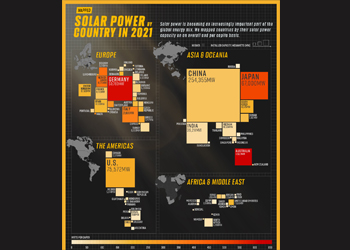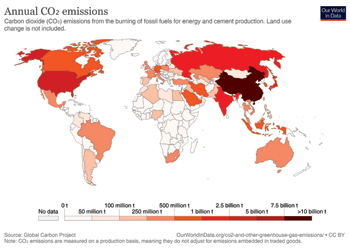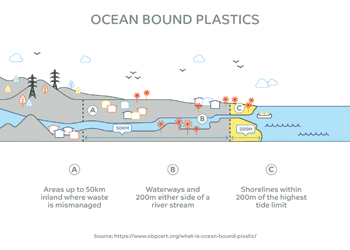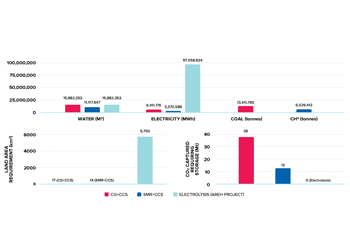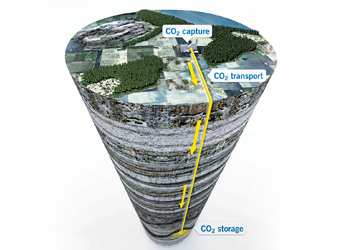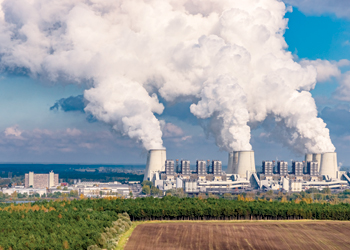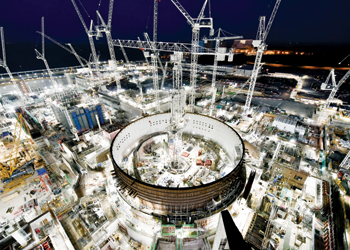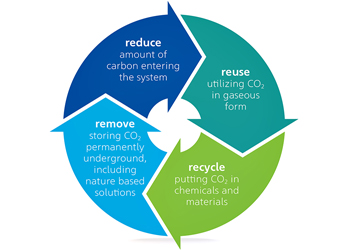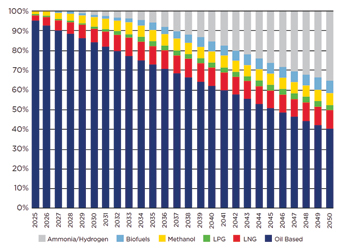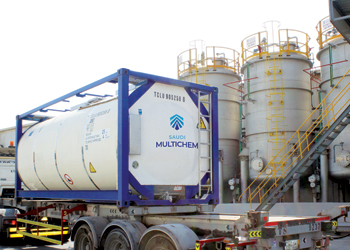
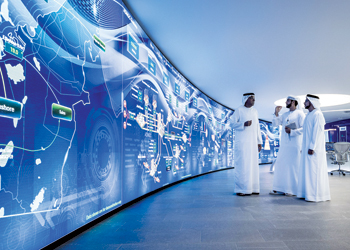 A unified operations centre allows companies to see new value opportunities
A unified operations centre allows companies to see new value opportunities
By unifying business ops into a single interface, O&G companies can improve their efficiency, agility and reliability, in turn raising profitability, Rashesh Mody, Senior Vice President, Monitoring and Control Business Unit, AVEVA, tells OGN
The oil and gas industry is no stranger to uncertainty, but the events of 2020 highlighted the importance of agility and adaptability more than ever.
Covid-19 brought many disruptions, from the sudden need for remote working through to the oil price crash.
Many of last year’s challenges helped reveal areas of low digital maturity, including the industry’s reliance on engineers out in the field and the fact that their work was often reactive, rather than pre-emptive.
This has led to an acceleration of digital transformation projects as organisations look to secure business continuity and improve automation.
PIVOTING TO A NEW ENERGY FUTURE
As the global population grows and living standards improve, energy needs are set to rise.
According to ExxonMobil’s latest Outlook for Energy, global demand will rise by 20 per cent by 2040. Meanwhile, BloombergNEF’s New Energy Outlook 2020 predicts demand for oil will peak in 2035, while gas will continue to rise until, at least, 2050.
 |
Rashesh Mody |
At the same time society is calling for cleaner energy, and so oil and gas companies must look to supply their energy with a greater focus on environmental performance. With this in mind many are focusing on energy transition and net-zero goals.
Pivoting to this new energy future is challenging, but digitalisation has an important role to play in helping the sector make this transition.
Solutions such as remote operations centers can help to optimise efficiencies and meet environmental targets, all while ensuring competitiveness thanks to lowering costs and downtime.
ROLE OF REMOTE OPERATIONS CENTRE
A remote operations centre (ROC) helps organisations to make better informed decisions by bringing together disparate systems and providing a 360-degree view across the value chain.
Pulling together information technology (IT), operational technology (OT) and engineering technology (ET) into a converged industrial internet of things (IIoT) interface, a ROC enables organisations to create a single management environment that provides full visibility across the business.
CREATE ACTIONABLE INSIGHTS
ROCs take advantage of technologies such as artificial intelligence (AI), machine learning (ML) and cloud computing to gather, store and analyse data, which is then turned into actionable insights that drive operational efficiency and safety performance.
Operational measures such as yield, efficiency, emissions, throughput and utilisation can be calculated from the plant down to asset level, enabling meaningful comparisons of performance across multiple sites and departments, and ensuring key performance indicators (KPIs) are met.
Furthermore, reporting tools and dashboards allow users to route staff to the highest priority assets, while the overview of assets transforms reactive maintenance into predictive.
This is thanks to advanced diagnostics that enable workers to anticipate faults before they occur through the use of big data analytics.
REAL-WORLD RESULTS
Many oil and gas businesses including upstream, midstream, downstream, and retail have already made the move to ROCs.
This includes the UAE’s state-owned NOC, Adnoc. Its Panorama Digital Command Centre is enabling savings of between $60-$100 million through optimised operations.
By integrating and monitoring more than 10 million tags across in excess of 120 dashboards, the unified operations centre allows the oil company to see new value opportunities for the first time – even in brownfield operations.
A CHANGING LANDSCAPE
The world still relies on oil and gas, but customer demands are changing. They expect energy that’s clean, affordable and reliable.
To provide this, oil and gas companies must continue to look for efficiencies that will keep costs down, all while doing everything they can to lower emissions.
In addition, they must continue to weather uncertainties – those that they’re used to in the sector, but also those new disruptions that came into being with the pandemic.
Oil and gas firms that are able to access the right information, and quickly, will weather these changeable times more favorably, and business visibility and analytics will be key to their continued success.
A ROC allows better collaboration among stakeholders and connects people, sites, systems and processes. It empowers businesses to make the most of their assets, and those that do so are most likely to lead the way in this new energy future.



















































































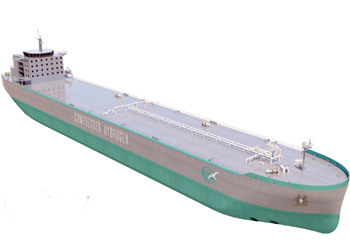
-...jpg)
